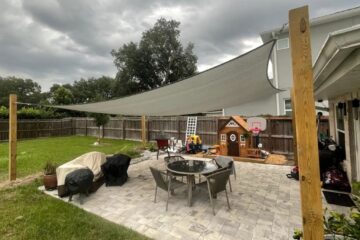The best ways to store power

As more homeowners learn about the benefits of clean, renewable solar energy, they’re also asking an important question: How can I store the power my solar panels generate?
For many, the issue comes to the forefront when the utility grid goes down… and their solar system disconnects, leaving them without power.
Fortunately, technological advances mean that homeowners have storage options. Read on to learn about the best ways to store solar-generated power.
How Can I Store Power at Home?
When homeowners install a solar system that’s connected to the power grid, the grid itself acts as a virtual battery. In many cases, net metering allows homeowners to sell generated, but unused, power back to the energy utility.
But many are surprised to learn that their solar systems disconnect when the grid goes down. The solution lies in home energy storage systems such as Pika Energy Harbor Smart Battery. These powerful, lithium-ion batteries store excess generated energy so homeowners can draw upon it when the grid goes down or in times of high demand. Batteries can even allow homeowners to go completely off-grid.
How Do Home Energy Storage Systems Work?
Smart batteries work by converting energy from electric to chemical form in a process known as charging. When the process takes place in reverse, it’s known as discharging.
When connected to an inverter, such as the Pika Islanding Inverter, batteries offer clean, reliable backup power that’s both affordable and safe. Homeowners can store up to 17.1 kWh of energy, allowing for a 100 percent solar-powered home.
That means no worries when the grid goes down, thanks to up to 10 kw of instantaneous backup power. Appliances stay on, even when the sun — or the grid — goes down. These home storage solutions also mean no more reliance on loud, dirty generators.
When you’re ready to increase self-reliance, smart batteries offer a home energy storage solution.





















